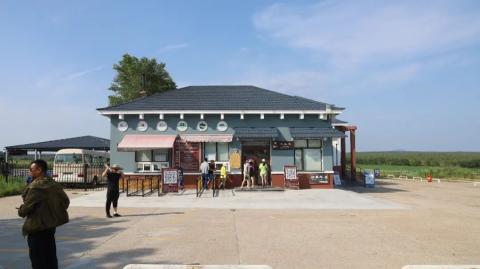
After lunch, we were very tired in the morning, so we agreed to set off again at three in the afternoon. But when we arrived at the hotel front desk at three o'clock, the driver hadn't come yet. After waiting for more than ten minutes for him to come, we found out that he had taken another group of guests to the scenic spot during lunch break.
The only destination for the afternoon was the Laohei Mountain Scenic Area, which was a bit far away this time. When I saw the top of the mountain from a distance, the first thing I arrived at was the parking lot. It turns out that you still have to take the scenic sightseeing bus to enter.
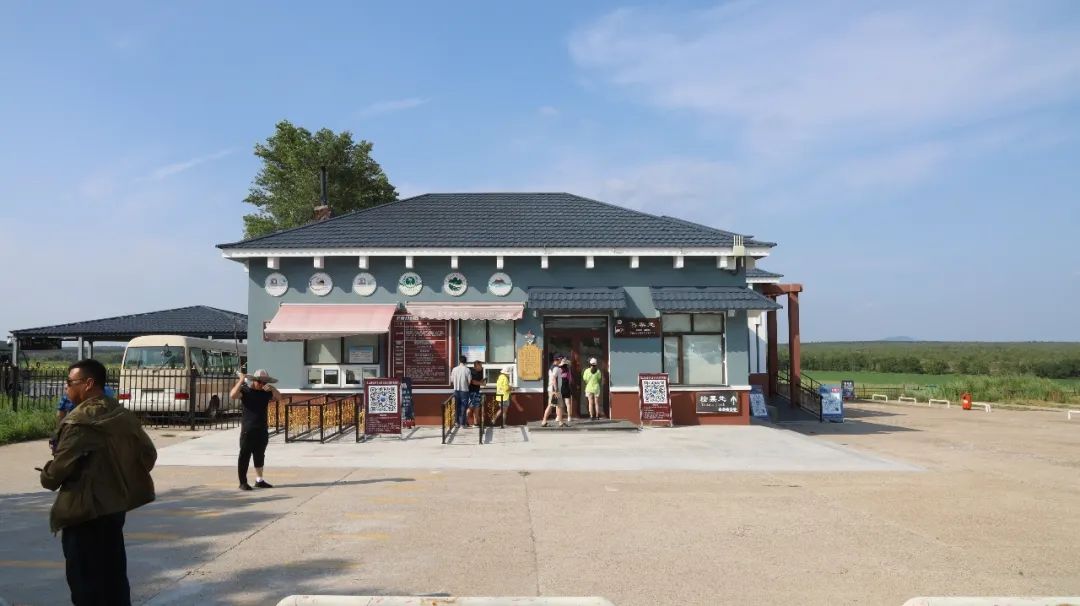
Ticketing.
It actually only takes more than ten minutes to take the sightseeing bus. The parking lot is at the foot of the mountain. But when we got to the parking lot, we realized that there are two places, Laohei Mountain and Huoshao Mountain, and the return sightseeing bus leaves at five o'clock, so we had to rush The decision was made to only take the old Black Mountain route.
Laohei Mountain is actually a volcanic crater. It was the place where the last eruption occurred. This scenic spot means climbing to the side of the volcano crater. The total altitude is about 500 meters.
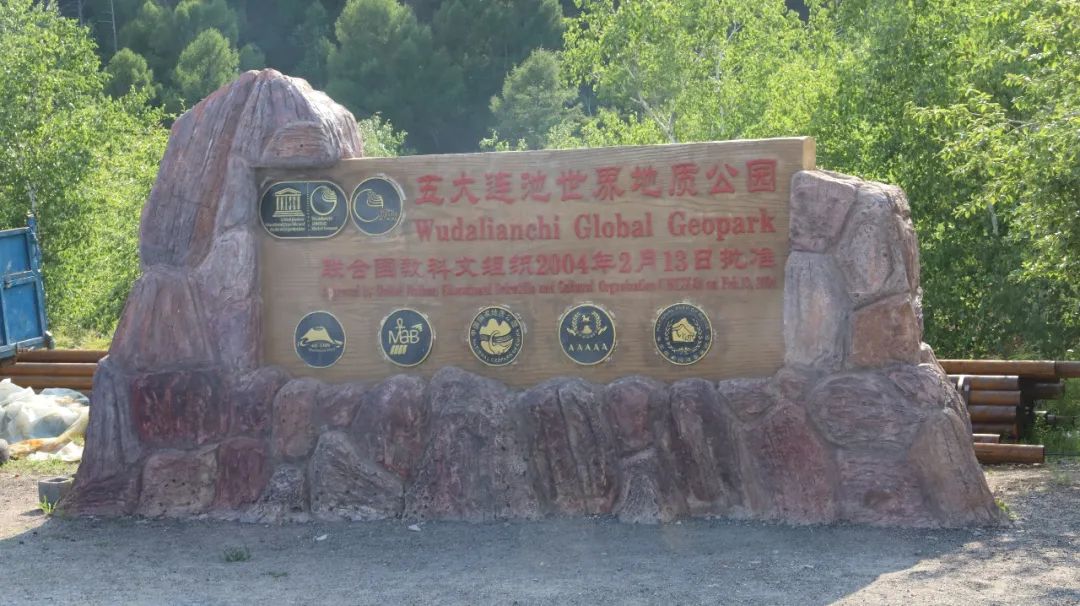
Sign for the trailhead starting up the mountain.
First there is a long stretch of flat road, and the main scenery next to it is this sea of rocks, which are all volcanic erupted stones. It is desolate and lonely, coupled with the hot sunshine in the afternoon. . . It seems that the tour guide's suggestion that we go to Laohei Mountain in the afternoon is correct. The route is on the east side of the mountain and the sun cannot be exposed directly in the afternoon. This solves some problems!



Not far from the stone sea, we started to go up the mountain. The trekking poles I prepared in advance finally came into play.
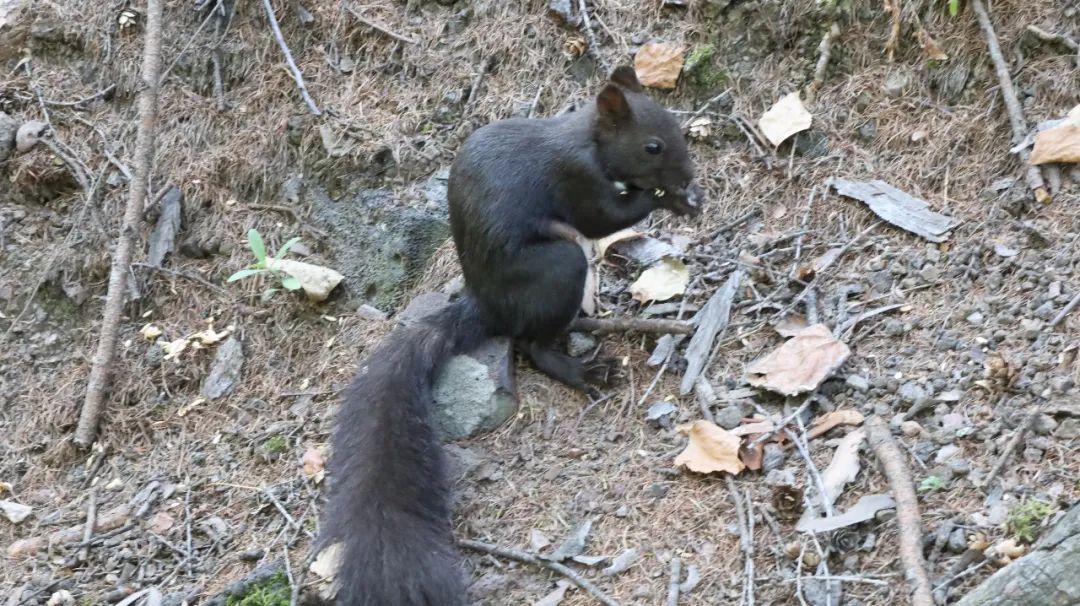
The most distinctive thing on the way is the squirrels. Because of their protective coloring, the squirrels here are all black, unlike the patterned ones I have seen so often. They are also larger than those in city parks, and they are not afraid of people at all.
This guy let me film next to him and ignored me.
The altitude of 500 meters is also a bit tiring. By the time I reached the top of the mountain, I was sweating profusely and gasping for air.



The crater is not too big, and you can see the other side, and you can also walk around in a circle. I don’t have the energy anymore, so I just took pictures next to it and then came down. If it weren't for the fact that this is a volcanic crater, there's really nothing to see. It would be amazing if there was water in it (like Tianchi). It's a pity that nature fails to take care of the local people in this way.

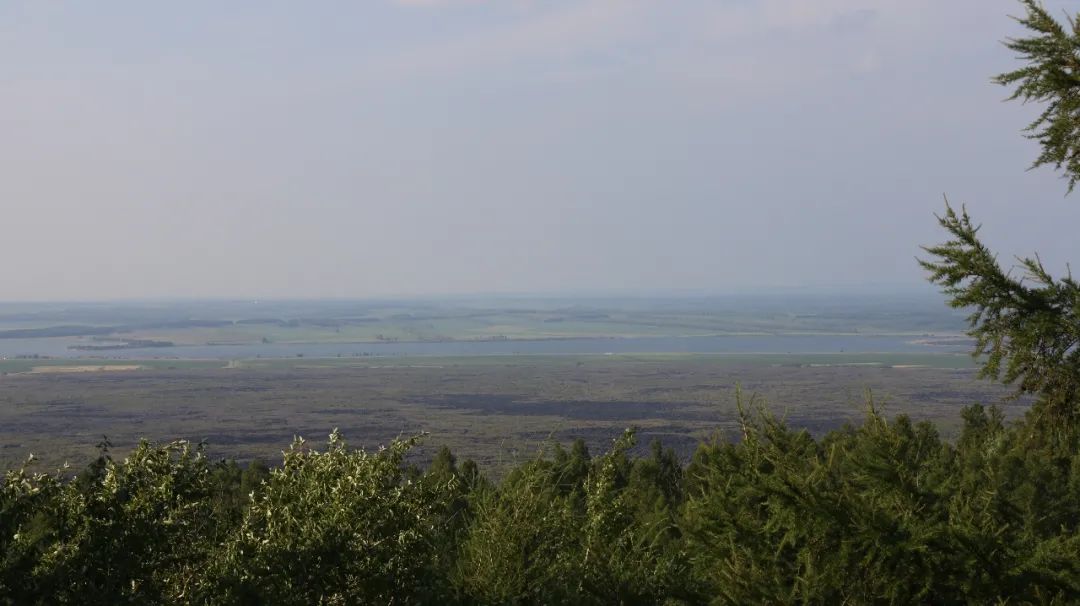
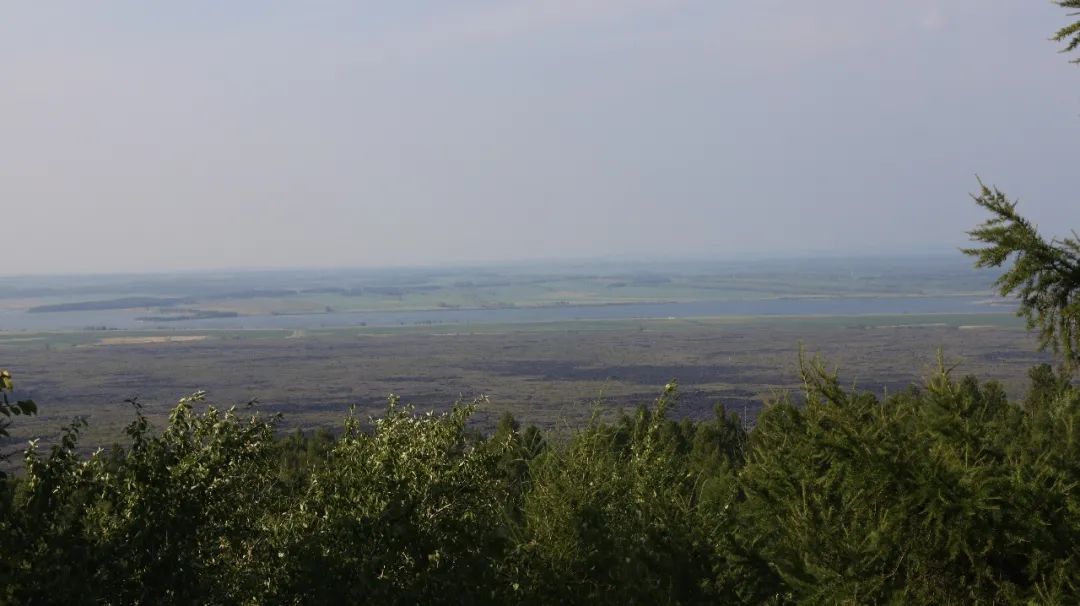

Wudalianchi in the distance.
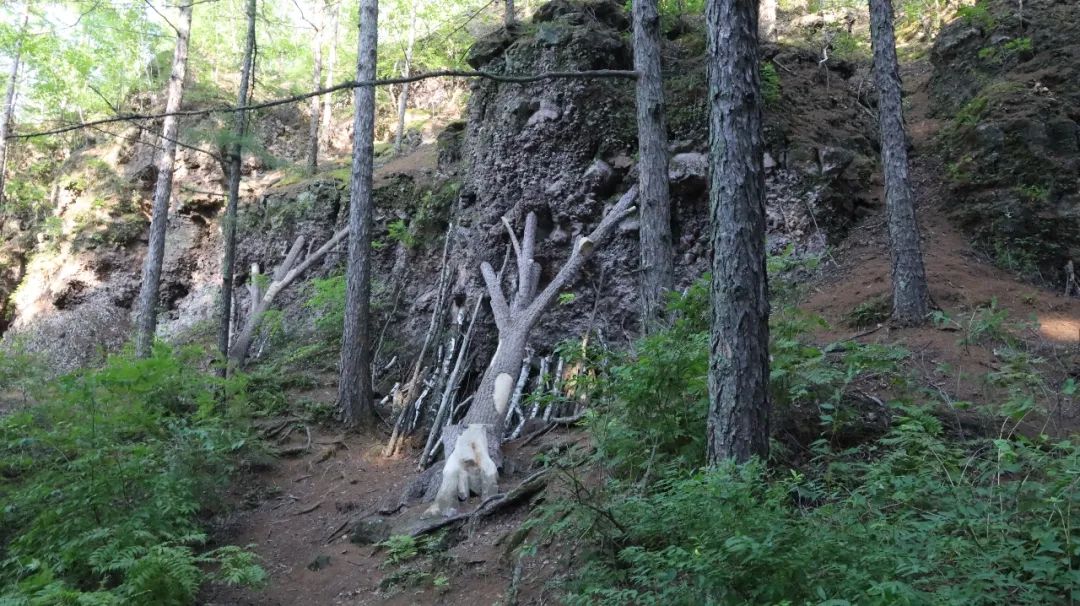
When I was going down the mountain, I saw this branch supporting the rocks. This is not a small branch, it is really supportive.
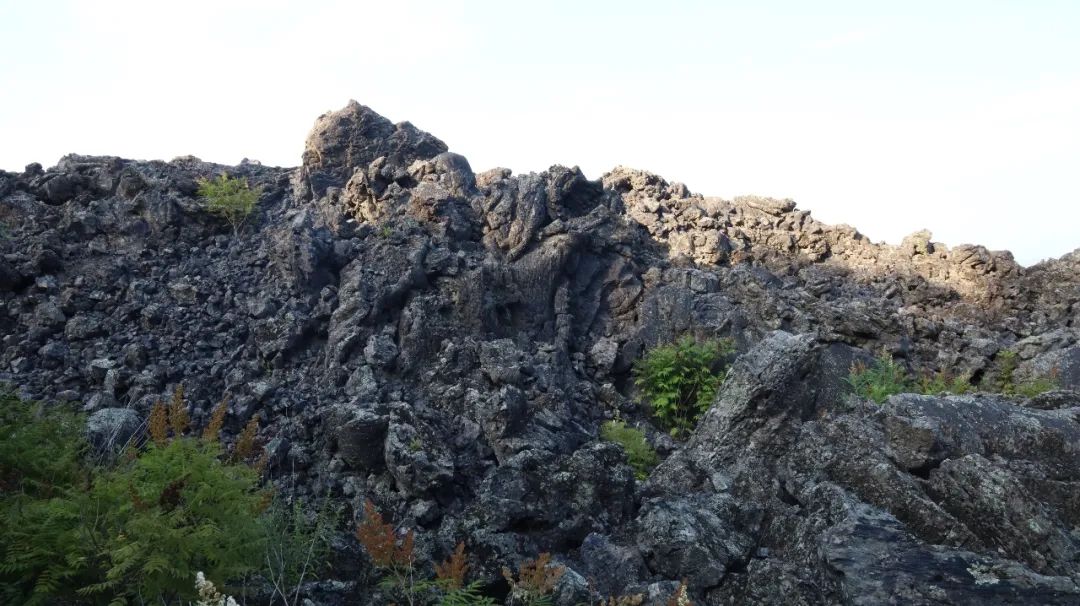

I hurriedly arrived at the sightseeing station before five o'clock, and finally got out on time, otherwise it would be a bit far to get out on my own.
Returning to the parking lot at the entrance of the scenic spot, the surrounding environment is not bad.
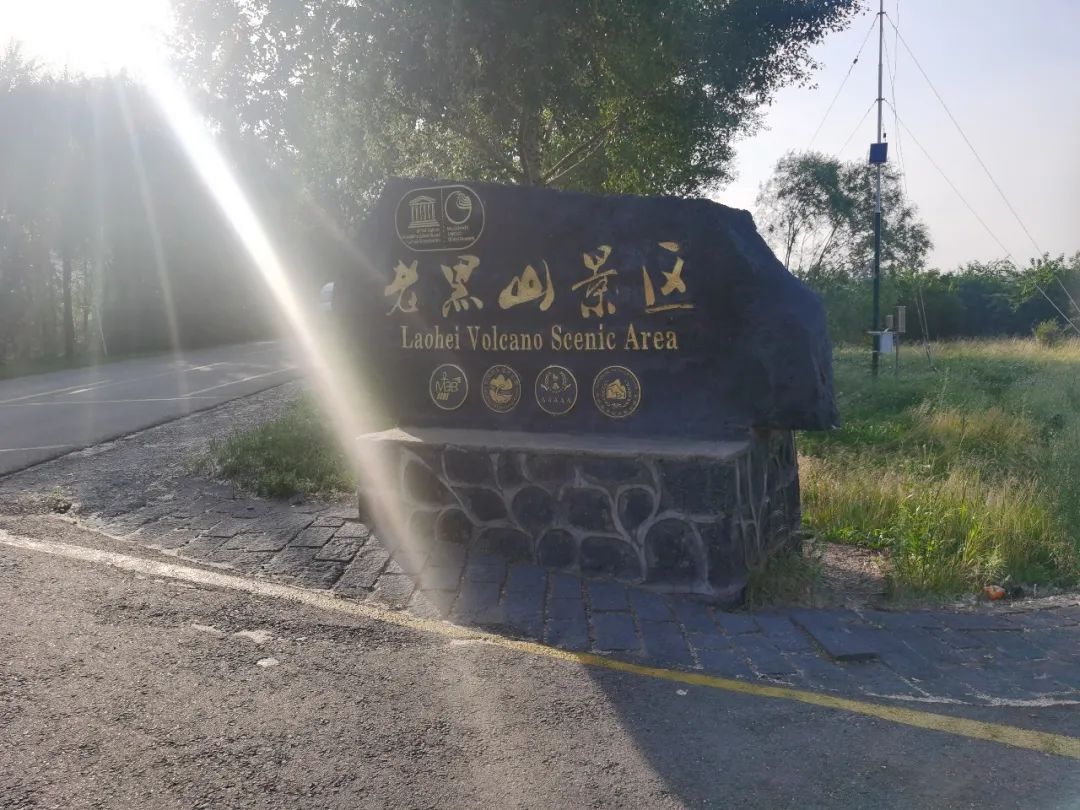

The parking lot is quite large.
On the way back to the hotel, the driver and tour guide stopped at Erlongquan and introduced it as a place worth seeing.

The pool in the distance is the water spurting from Erlong Spring.


There are two faucets on this wall. The spring water is constant and does not freeze in winter and summer. The tour guide said that it has been spraying for three hundred years. Tourists and locals use big buckets to collect water for drinking. There are piles of vendors selling buckets next to it. The water is free, but Buckets are expensive. We had to take the finished mineral water bottles to connect.

Above is Yaoquan Mountain.
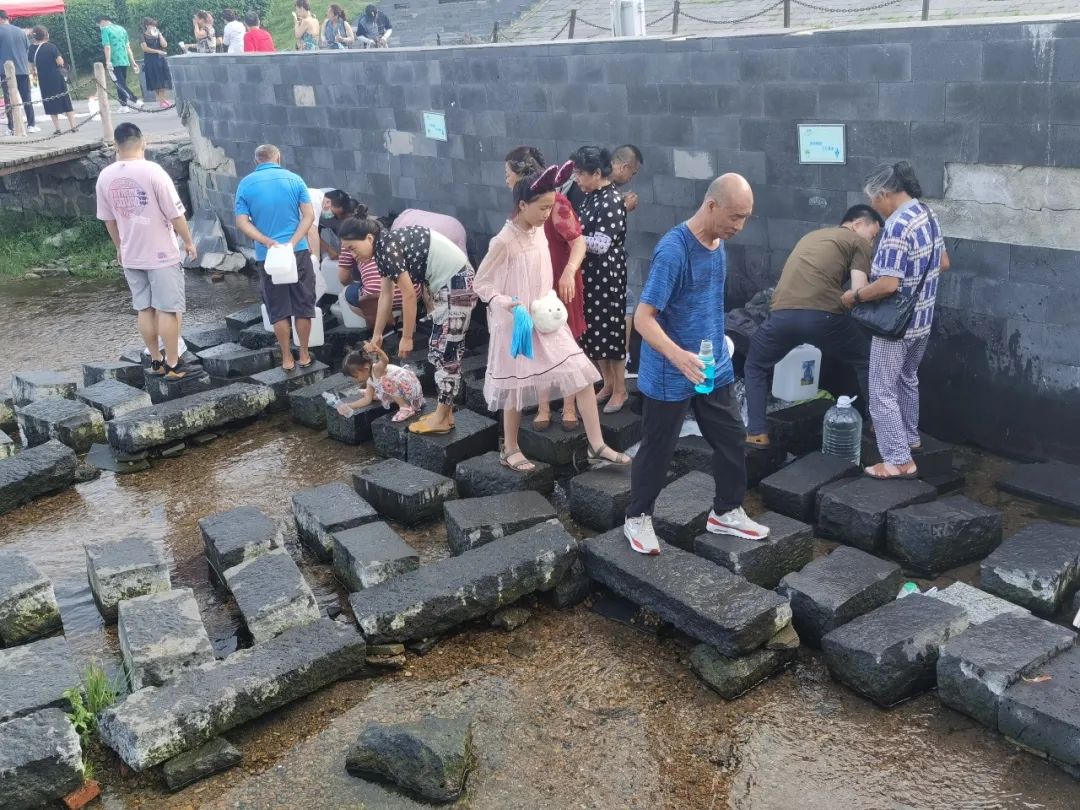

After coming out of Erlong Spring, the driver finally began to show his role as a tour guide and pulled us to a small local specialty store. Seeing as he stayed with us for a day, we also went in to have a look, and finally bought a box of water and a bottle of local specialties. Jindi local liquor
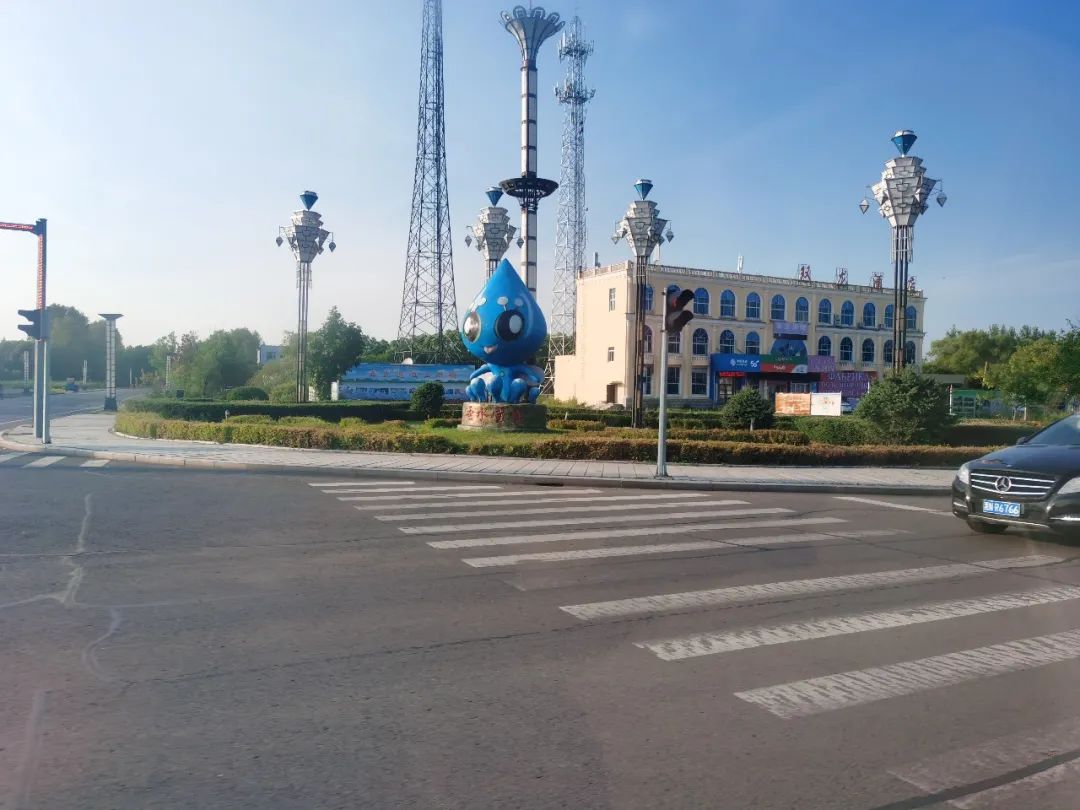
Street statues.
Dinner is of course the famous local fish stew in an iron pot, a big fish and a variety of dishes. It has distinctive Northeastern characteristics, but to us it is not special.
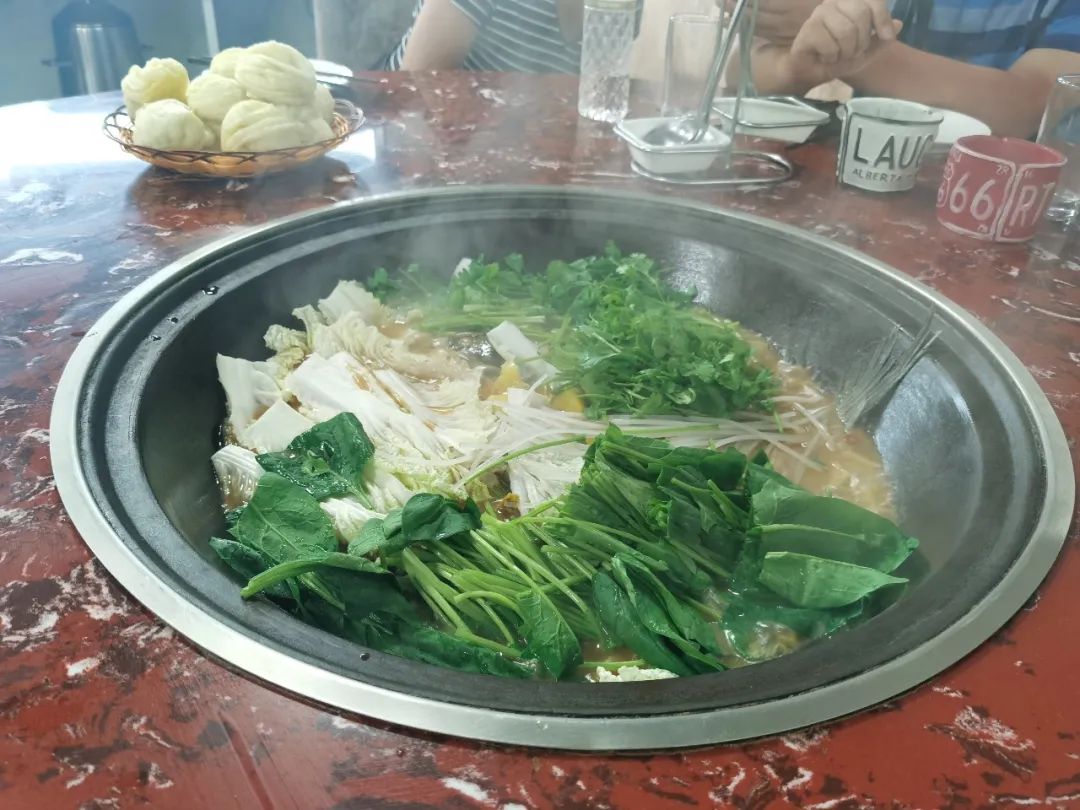
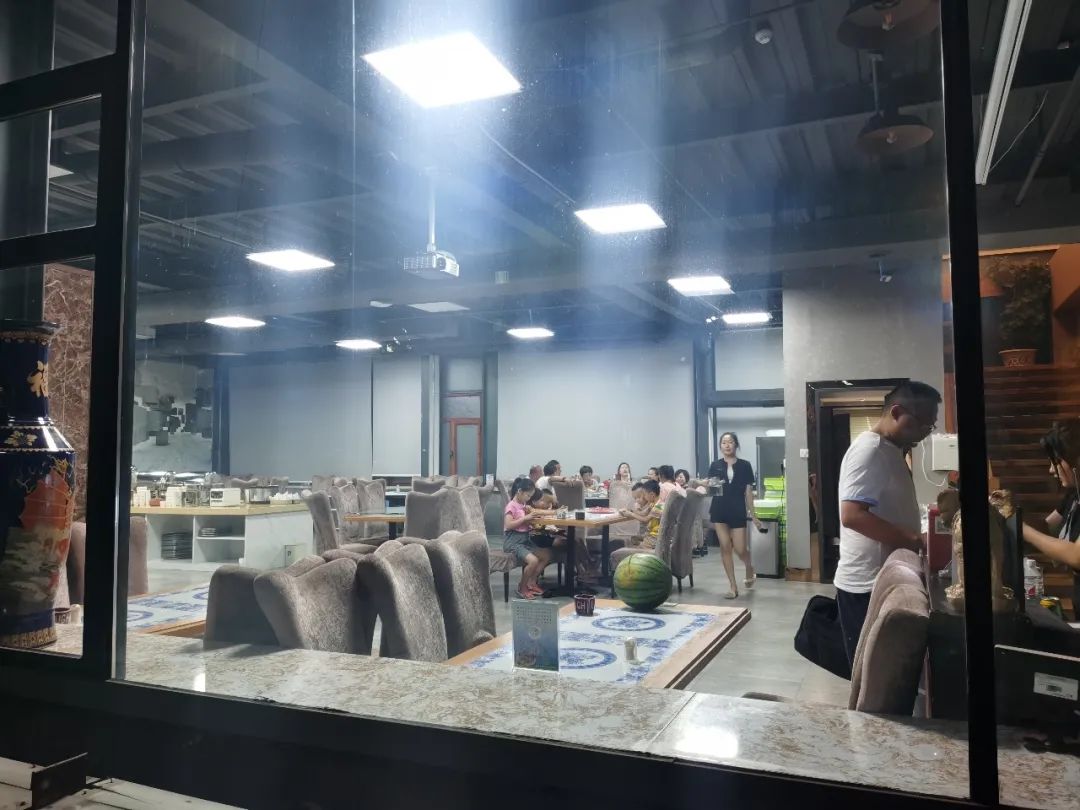
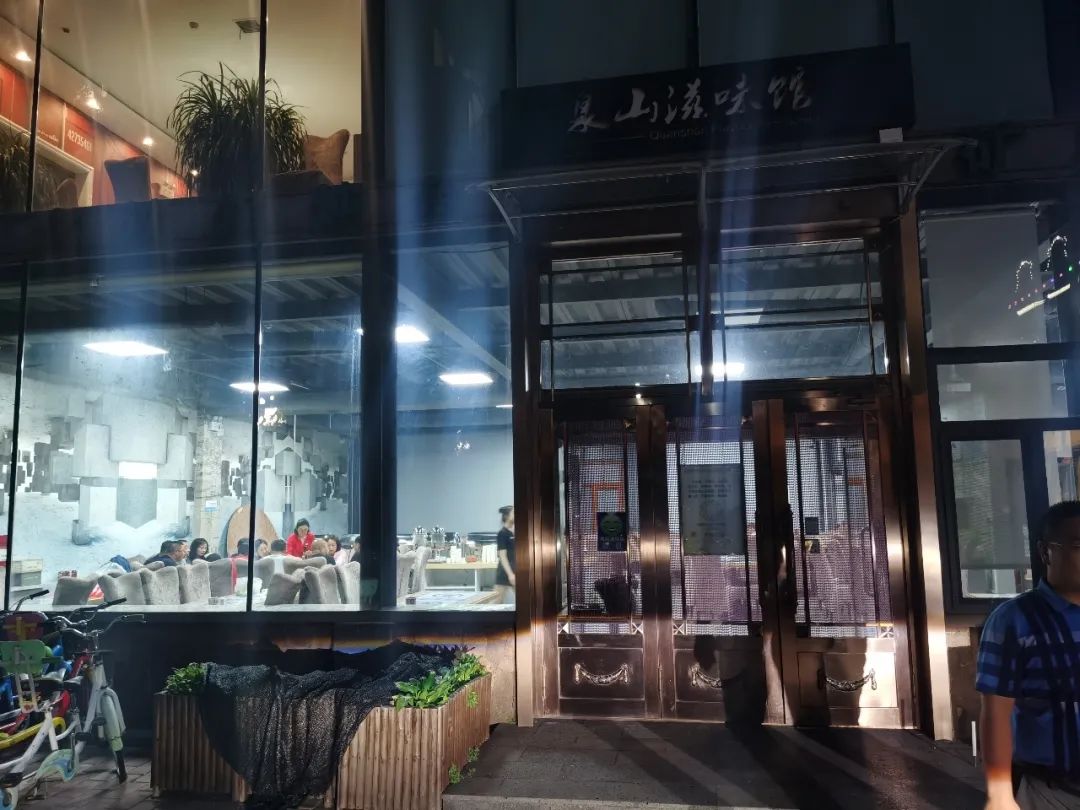
Five major Lianchi Town is not big , with only 10,000 people and one main street. We walked around the town at night. It is mainly a sanatorium built locally by various major institutions, a bit like Beidaihe.

The volcanic mud mask here is famous.
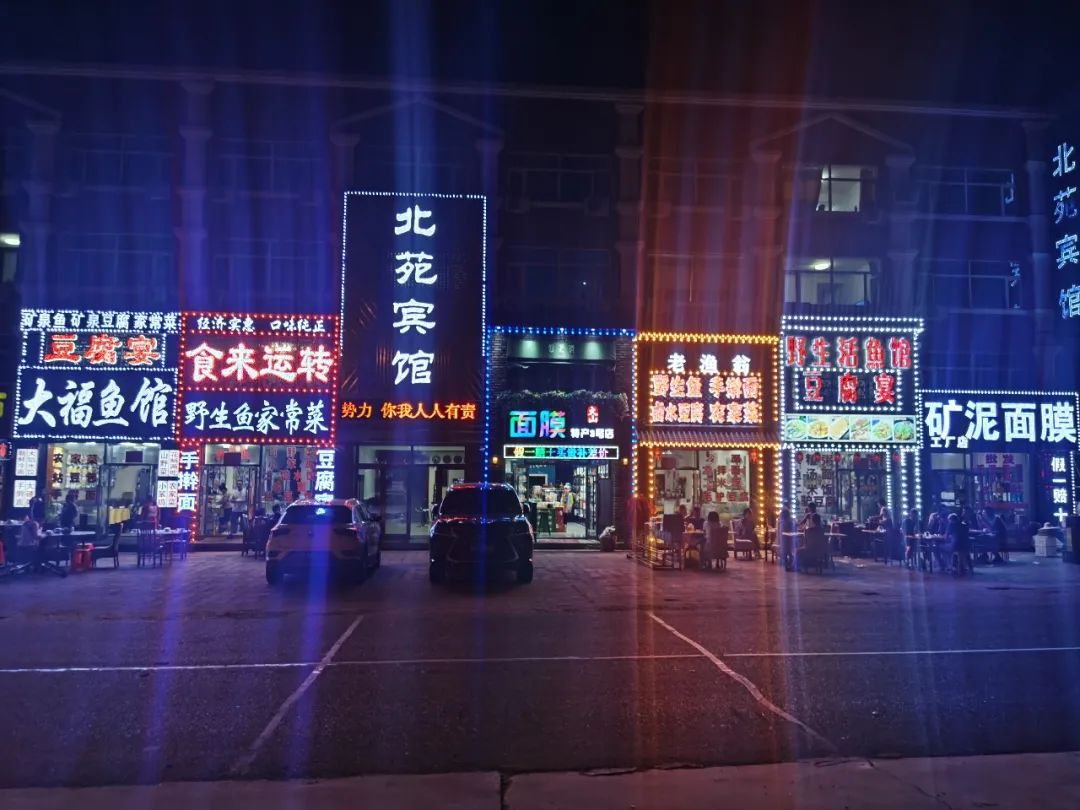
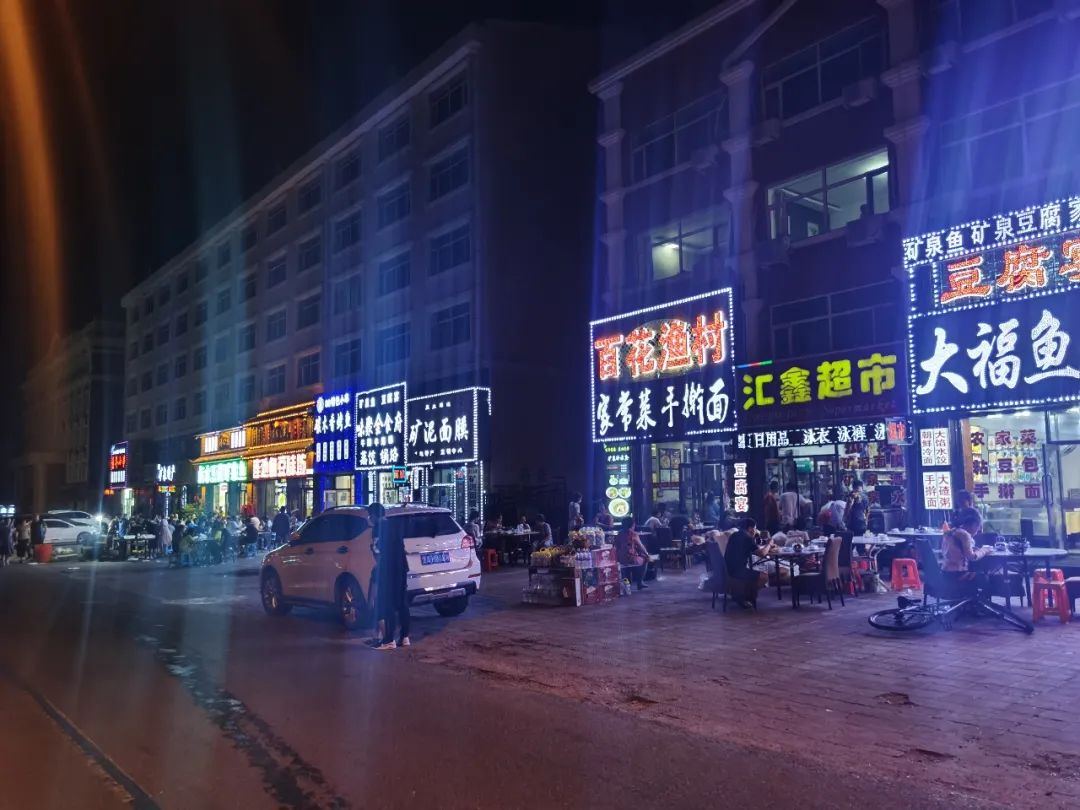
Where local people live.
